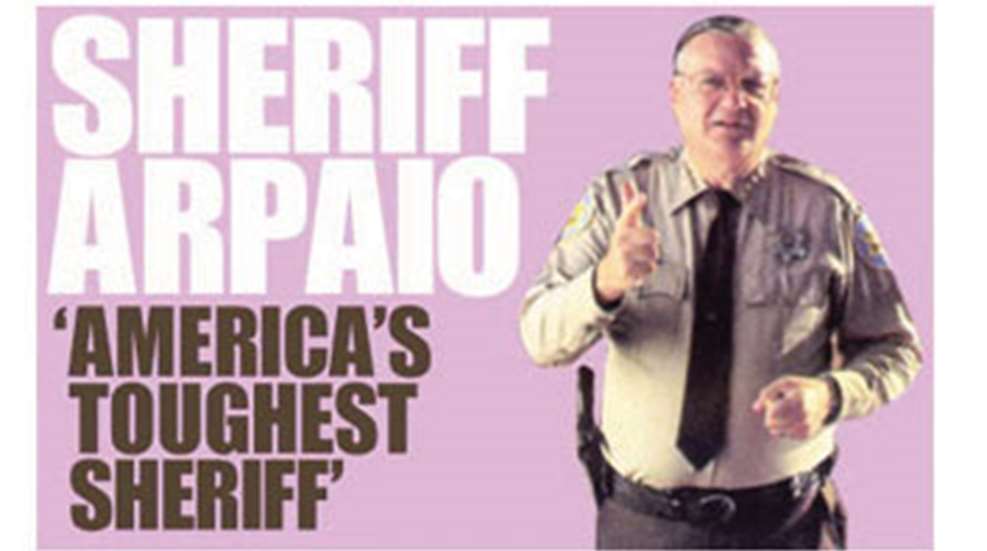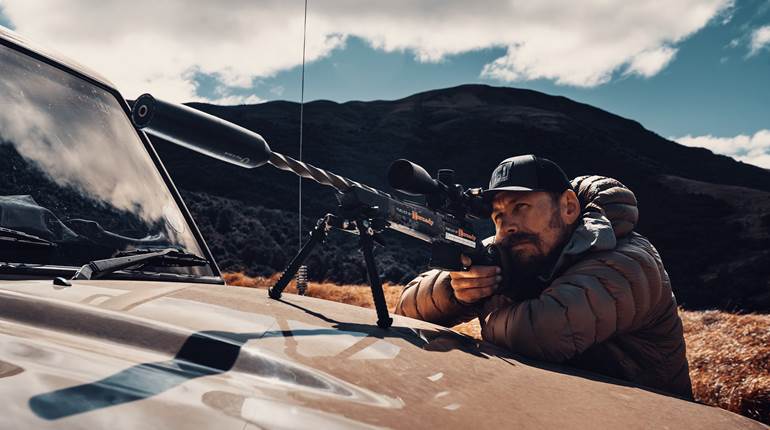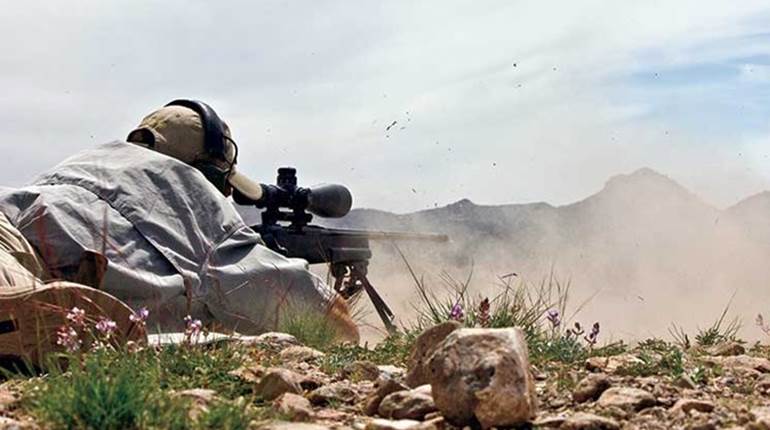
I just returned from having an inside look at a fascinating subculture within our law enforcement community. I attended Sniperfest 2011, an invitation-only two-day training event near Phoenix, Ariz., for SWAT snipers.
Political correctness would require the use of a euphemism here, “tactical marksman” perhaps or “surgical ballistician,” but I’m cleared to call a sniper a sniper because Sniperfest was hosted by theMaricopa County Sheriff’s Office. which is run by America’s toughest sheriff, Joe Arpaio, better known as just plain Sheriff Joe.
Sheriff Joe is a no-nonsense lawman. One of his first acts after being elected sheriff in 1993 was to ban sexually explicit magazines, including Playboy, in his jail. The ACLU whined about the inmates’ “rights” but the Ninth Circuit Court upheld Sheriff Joe’s edict. No porn in jail.
Next, he launched KJOE, a radio station in the jail that broadcasts Frank Sinatra songs, opera, patriotic tunes and educational programming. He issued pink prison uniforms to inmates and fed them PB&J sandwiches. He erected a barbed-wire enclosed “Tent City” to accommodate the jail’s overflow of convicts. When the temperature once hit 110 degrees, inmates complained about the unbearable heat in Tent City. The reply was vintage Sheriff Joe:
“It's 120 degrees in Iraq and the soldiers are living in tents, have to wear full body armor, and they didn't commit any crimes. So shut your mouths.”
Accordingly, I have no qualms in referring to a SWAT sniper as a SWAT sniper.
More than 15 agencies participated in the training event, which culminated in a short competition in which each sniper’s only score was the time it took to hit five steel plates, all colored differently, all under 100 yards. Sounds easy, but the shooter began “blind,” not knowing what was behind a wall other than a 200-yard square range. To add to the stress and force the shooter to ID his targets, he first had to pick five cards from a bag, one at a time. Each had a different color. The targets had to be shot in the order the cards were drawn.
With whatever gear you normally carry on a call-out (ruck sack, tripod, whatever), you had to sprint 100 yards, get down, ID the five colored plates and engage them with one hit each, in the correct order.
“In our world you have to know what you’re shooting and you’re not allowed to miss, so if the targets were shot out of order or if there was a miss, that shooter was eliminated,” explained Mike Puente of the MCSO SWAT Team, the event’s coordinator.
The competition distilled the lessons of Sniperfest succinctly: forget about “traditional” snipercraft of lying on your belly, relaxed and comfortable. Be prepared for a sudden, unexpected, call-out. Be able to shoot when you’re out of breath, heart slamming, at an unknown distance—now!
Sniperfest brought nationally recognized trainers to instruct in decidedly unconventional areas. How about hand-to-hand combatives while holding a bolt-action rifle? Weapon retention is a whole new game with a cumbersome bolt-gun, typically unslung. That was taught.
Low-light shooting was emphasized in another training block. “You have a light on your pistol and on your carbine, what about your rifle,” asked Puente. He then demonstrated how to use a small SureFire LX2 while shooting his sniper rifle. “Two hundred lumens is plenty and you have that in a SureFire that fits in your pocket,” Puente added.
In addition to snipers from regional agencies in the Phoenix metroplex, there were guys from three-letter agencies, as well as three shooters from arguably the best overall sniper program in the world, U.S. Marine scout/snipers. A vendor area allowed the participants to browse some of the latest high-tech and low-tech sniper gear, from thermal sights to lightweight Ghillie suits.
Puente summed up the purpose of Sniperfest as two-fold. First, to bring together multiple agencies to learn from one another’s tactics, techniques and procedures. Second, to offer training “outside the comfort zone” of belly-shooting.
“More often than not, today’s missions require you to shoot from awkward, unconventional positions, usually after some degree of physical exertion. We have the [Mexican drug] cartels in our backyard so we don’t have a choice—we must train for the real-world and that’s why we’re here.”
Law enforcement agencies and vendors can obtain information on Sniperfest 2012 by contacting Mike Puente.





































